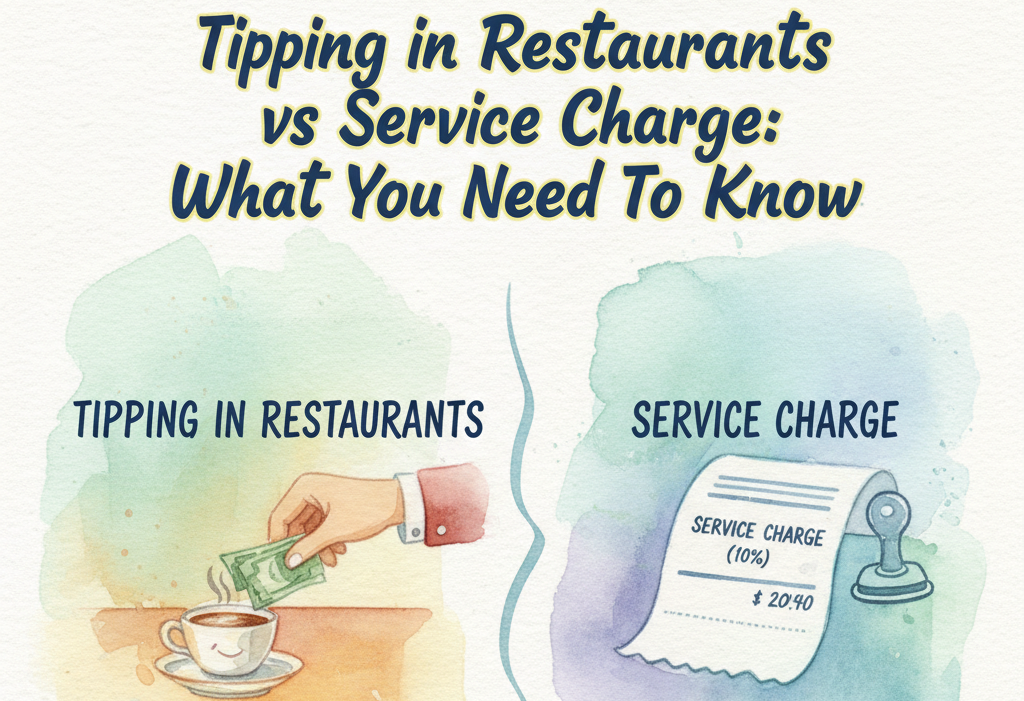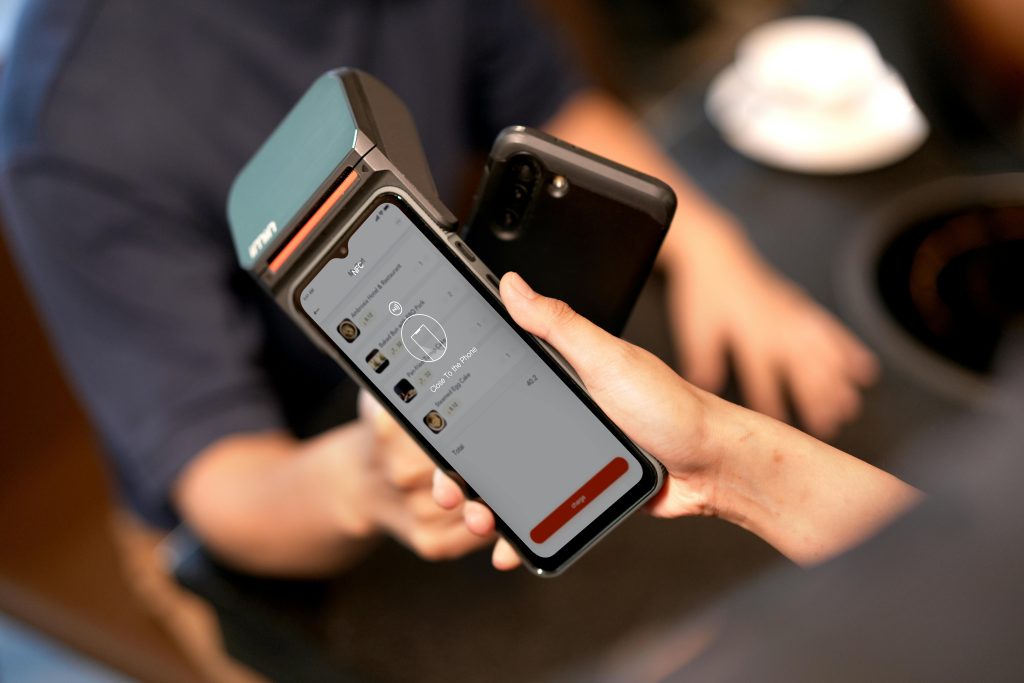Efficiency is key when it comes to running a restaurant. With the increasing competition in the restaurant industry, restaurants must find ways to maximise their efficiency in order to remain competitive. In this article, we’re going to help you break down 7 key strategies that can help improve your restaurant’s efficiency.
1. Streamline the Menu
One of the most effective ways to improve efficiency in a restaurant is to streamline the menu. This means that restaurants should focus on offering fewer items, with only the most popular, high-profit items. This allows for faster service and less waste in the kitchen. A streamlined menu also allows for better inventory control, allowing for more accurate forecasting of ingredients and supplies and better coordination of the purchasing process. Having fewer menu items also allows for a more efficient kitchen. A streamlined menu means that fewer items need to be prepared and cooked, reducing the amount of time it takes to prepare a meal. At the same time, a streamlined menu can help restaurants save money. With fewer items, restaurants can reduce their inventory costs, as they will not need to purchase as many ingredients. Additionally, they can reduce labour costs, since fewer items need to be prepared and served. This can help restaurants increase their profit margins and become more efficient overall.
2. Automate Ordering and Payment
Ordering and payment are two of the most important components of any restaurant’s operations. By automating these processes, restaurants can increase efficiency and reduce costs. An automated ordering system allows customers to place their orders quickly and accurately. This can save time for the restaurant, as the order is sent directly to the kitchen and the customer can pay at the same time. Automating payment also helps speed up the process, as customers can pay via credit card or mobile payment. This reduces the need for a cashier and eliminates the need for customers to wait in line.
3. Utilise Technology
In today’s ever-evolving restaurant industry, one of the most effective strategies to improve efficiency is the utilisation of technology. Technology can help streamline processes, reduce costs, and improve customer service. For example, restaurants can use automated ordering systems to quickly take orders and process payments. This not only saves time and effort for the staff, but it also allows for faster service and more satisfied customers. Another way technology can help improve restaurant efficiency is through the use of data analytics. By using data analytics, restaurants can track and analyse customer behaviour, allowing them to better understand their customers and identify areas for improvement. Finally, restaurants can use technology to implement marketing strategies. By utilising email marketing and social media campaigns, restaurants can reach out to their customers and promote their products and services. This can help drive more business and bring in more customers, which will ultimately help improve restaurant efficiency.
4. Train Employees
Having a well-trained staff is essential to running an efficient restaurant. Having employees who are well-versed in the basics of the restaurant’s operations, including customer service, food and drink preparation, and knowing when to contact managers for assistance, allows for a smoother workflow. Training employees also helps to ensure that standards are met and customer expectations are exceeded. When training employees, it is important to have both a comprehensive training program and a system of consistent follow-up and feedback. This will help to ensure that employees are up to date on all of the information that they need to know to do their jobs efficiently and effectively. Additionally, having a system of follow-up and feedback allows for a culture of continuous learning and improvement in the restaurant.
Creating a well-trained staff is not only beneficial to the restaurant’s operations but also ensures that customers receive the best service possible. Customers are more likely to become repeat customers when they know that they can expect friendly and knowledgeable service.
5. Implement Scheduling Software
Having scheduling software can be a powerful tool for restaurant owners to improve their restaurant’s overall efficiency. By using software to manage daily, weekly, and monthly employee schedules, restaurant owners can save time and money. Scheduling software can help keep track of employee hours so that no one is overscheduled or understaffed. It can also quickly generate accurate payroll information, and provide insights into labour costs. Scheduling software can also provide helpful insights into the performance of employees and the restaurant as a whole. This can help restaurant owners identify areas that need improvement, and also identify areas where employees are performing well. This can be a valuable tool for restaurant owners to make sure that their restaurant is running as efficiently as possible.
6. Improve Inventory Management
In order to improve restaurant efficiency, it is essential to have proper inventory management in place. This means having accurate records of all the ingredients and supplies that come in and out of the kitchen. Proper inventory management allows for quick restocking of items that may be running low and also helps to reduce food waste. It also ensures that the right ingredients are available to create the dishes needed to satisfy customers. Restaurants should also consider implementing technology to help keep track of their inventory in real-time. This will allow them to quickly identify when items need to be restocked and ensure that the right items are always available.
7. Analyze Data
With data analysis, restaurant owners can identify trends and patterns to help them make informed decisions about how to optimise their business. Data analysis can also be used to track employee performance and identify areas of opportunity. Analysing data can also help restaurant managers better understand their customer base. This can help them determine which promotions are most effective and which products and services are most popular.
In short, improving restaurant efficiency is essential for a successful business. By following the 7 key strategies outlined in this article, restaurant owners can greatly improve their operations and create a more enjoyable experience for their customers. Ultimately with the way the F&B industry is going nowadays, technology is the key to success in the restaurant industry. Investing in the right technology can help improve the customer experience and make restaurant operations more efficient. By using technology to automate processes and streamline operations, restaurant owners can save time and money while ensuring that their customers receive a great experience.



